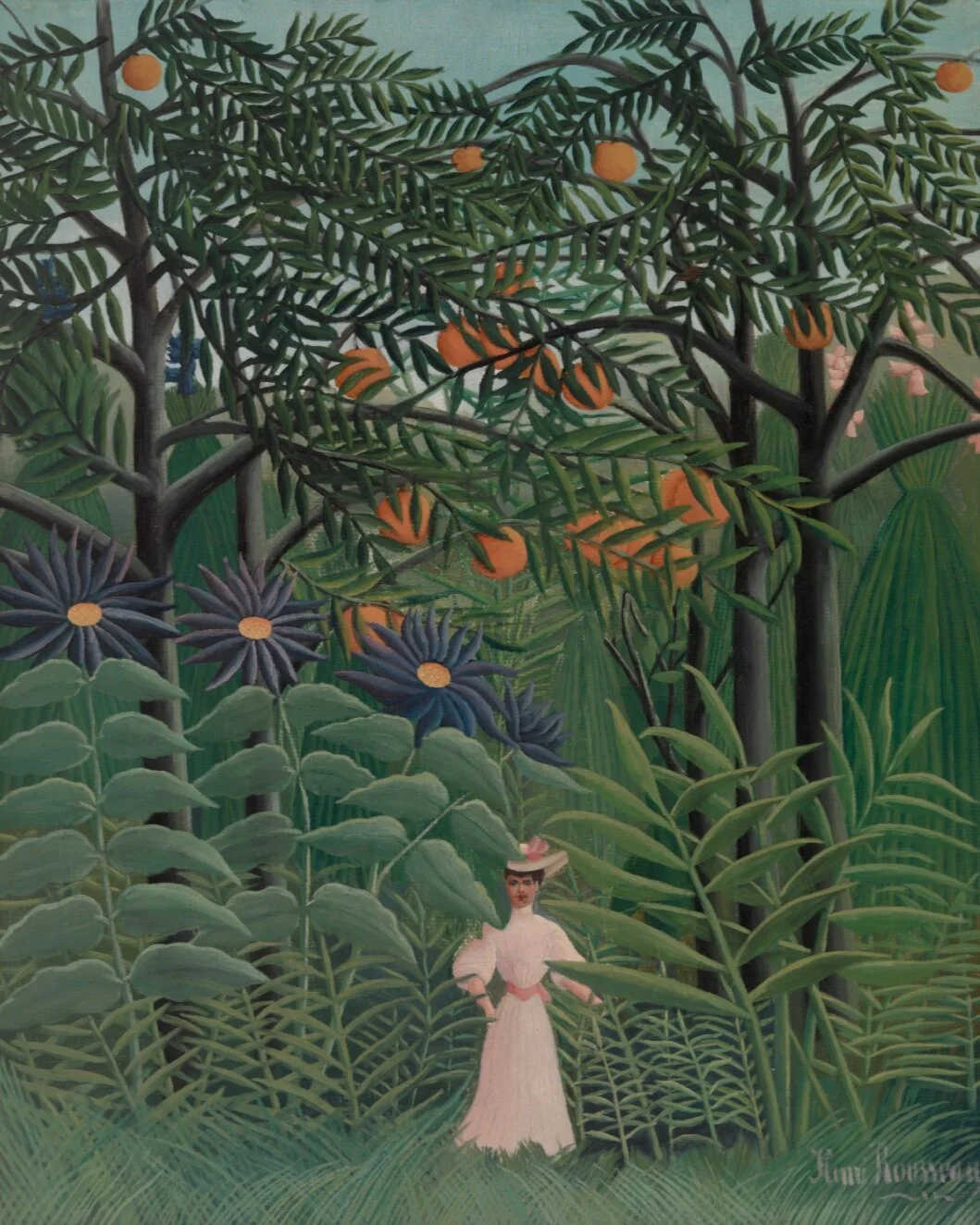Rx 10 / 13 Essential Rules
Basim Madgy, film still from 13 Essential Rules For Understanding the World, 2011. Courtesy of Slought Foundation.
i wanted to challenge individual and collective hope, whether it is grounded in reality or mere wishful thinking.
-basim magdy
This still frame is from 13 Essential Rules for Understanding the World (2011), a film by Basim Magdy released in the aftermath of the Arab Spring, in which Egyptians came together to depose Hosni Mubarak. The uprising sparked immense hope for the possibility of democratic change, but was followed by the brutal repression of those who participated, and this accounts in part for the film’s cryptic style.
A poetic sequence of encounters with nature and the world — a star flyer, a woman balancing on a rock, and repeating images of faces drawn on tulips— punctuates a series of coded prescriptions, while the noisy hum of a Super 8 projector plays in the background. The film becomes a platform for Magdy to destabilize rationalist constructions of “knowledge” and question the use of reductive language and didactic communication.
In this way, the narrator of Magdy’s film wryly subverts relentless Western faith in scientific advancement, progress, and action. “Never try to make a point,” he says in a monotone voice. “No one will ever care.” And yet, the film never fully embraces nihilism, even as it verges on the melodramatic and absurd. Mirroring the complex fate that befell the uprising itself, the film at once invites us to engage in the urgent work of understanding and changing the structures we inhabit, and reminds us of the extraordinary difficulty of achieving lasting social change. “Life,” the narrator reminds us, “is a tangled web of unexpected events.”

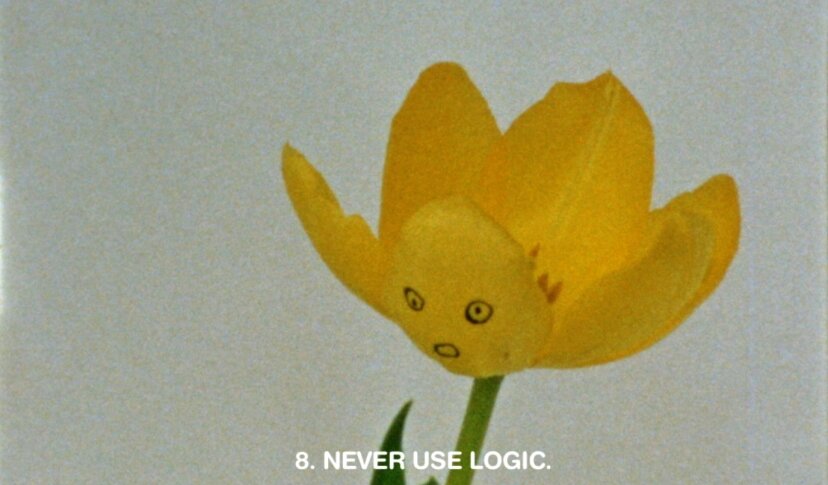
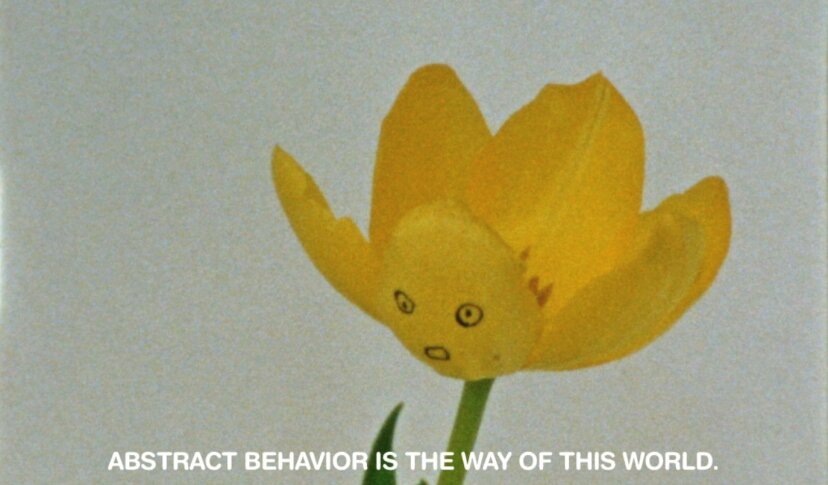
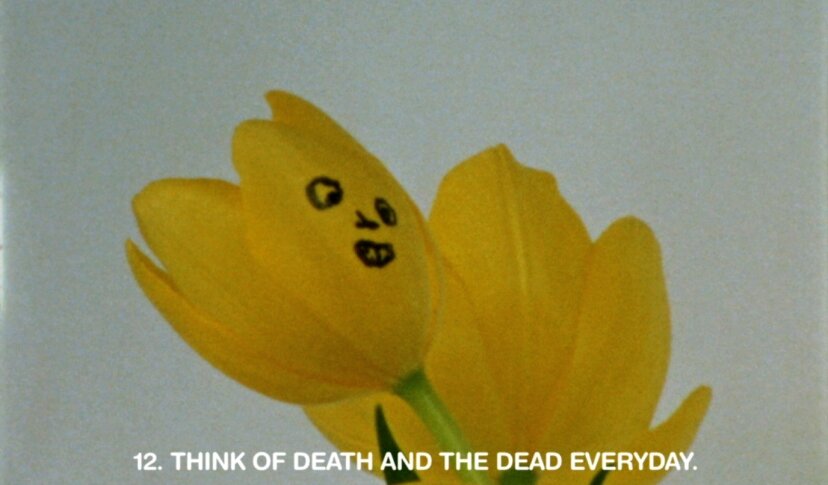
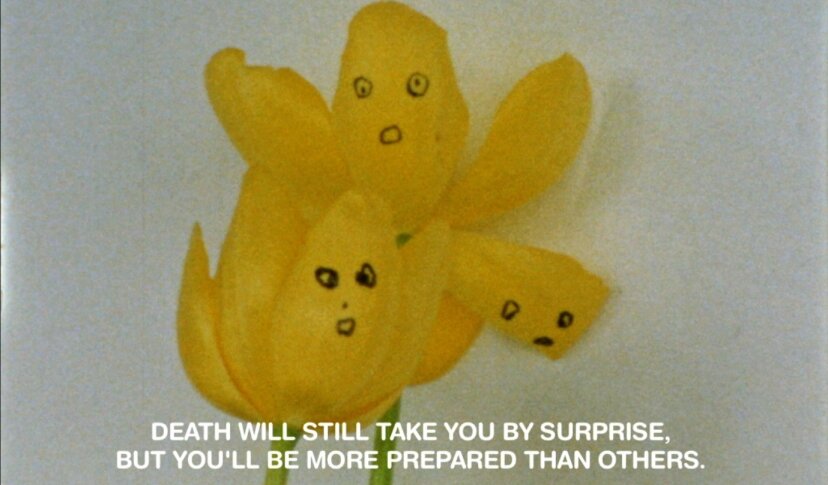
REFLECTIONS…
Magdy’s narrator uses coded language, dark humor, and sarcasm to seemingly cope with senseless tragedy and the anxiety of uncertainty. He references a universe that simultaneously straddles hope and hopelessness, reality and fiction, futurism and obsolescence. Do the extreme opinions and harsh, defeatist statements in the film provoke a reconsideration of our acceptance of a specific understanding of the world we currently live in?
How is this perspective reflected in the casual and depersonalized language often used in medical peer interactions to cope with repeated exposure to pain and suffering? How does the continued experience of suffering impact how we feel, communicate with, and care for others and one another?
Magdy’s work questions assumptions about progress and truth that are essential to Western thought and which heavily bear on medical practice. What lessons can we learn from Magdy’s skeptical worldview in rethinking the clinical encounter—particularly, the assumption that the physician will know everything? How does the expectation that physicians offer unwavering truths to patients conflict with medicine’s many uncertainties and unknowns? How can clinicians be transparent about ambiguity while continuing to offer care and support?
sources
“13 Essential Rules for Understanding the World.” Basim Magdy, 2018, https://www.basimmagdy.com/the-many-colors-of-the-sky-radiate-forgetfulness.
“Basim Magdy.” Slought, slought.org/resources/13_essential_rules_for_understanding_the_world.
Piemonte NM. Last Laughs: Gallows Humor and Medical Education. J Med Humanit. 2015;36(4):375-390.
Salamonsen A, Ahlzén R. Epistemological challenges in contemporary Western healthcare systems exemplified by people's widespread use of complementary and alternative medicine. Health (London). 2018;22(4):356‐371.


